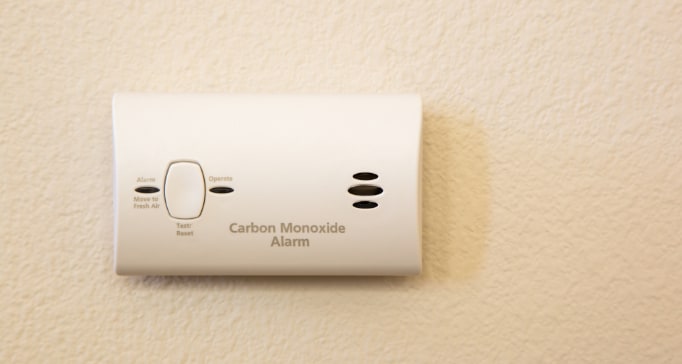
Include CO Detectors Into Your Security System
Placing CO detectors in your residence is a terrific beginning, but you may elevate your defense even more by integrating them into your home security system. This supplies another layer of protection, as your monitoring agents will be notified any time a CO detector sounds. This reinforcement can be vital, especially if an emergency occurs overnight and you aren’t awakened by the alarm.
Get CO Detectors In Miami With Your Home Security Package
Protect your family against all types of threats with a comprehensive home security package from Secure24 Alarm Systems. Our carbon monoxide and fire alarms in Miami are carefully monitored like your other security devices. You’ll get backup from an attentive, 24-7 team whenever a crises takes place. Dial (305) 563-8665 today to customize the defense of your home and family.
Where To Place Carbon Monoxide Detectors In Your Miami Residence
Residents must defend against various risks like fire, flooding, and burglary. But what about a danger that you can’t see or smell? Carbon monoxide is different from other risks as you may never be aware that it’s there. Despite that, installing CO detectors can simply protect you and your household. Learn more about this dangerous gas and where to place carbon monoxide detectors in your Miami home.
What Is Carbon Monoxide?
Known as the silent killer because of its lack of odor, color, and taste, carbon monoxide is a common gas formed by incomplete fuel combustion. Any appliance that utilizes fuels like a furnace or fireplace may create carbon monoxide. While you usually won’t have problems, difficulties can arise when appliances are not frequently inspected or adequately vented. These missteps can cause an accumulation of this potentially deadly gas in your interior. Generators and heating appliances are commonly to blame for CO poisoning.
When exposed to low amounts of CO, you may experience fatigue, headaches, dizziness nausea, or vomiting. Extended exposure to higher levels could cause cardiorespiratory arrest, coma, and death.
Recommendations For Where To Place Miami Carbon Monoxide Detectors
If your home doesn’t have a carbon monoxide detector, buy one today. Preferably, you should have one on each level of your home, and that includes basements. Review these recommendations on where to place carbon monoxide detectors in Miami:
- Put them on each level, specifically where you have fuel-burning appliances, like furnaces, gas dryers, fireplaces, and water heaters.
- Always use one no more than 10 feet away from sleeping areas. If you only get one carbon monoxide detector, this is where to put it.
- Position them at least 10 to 20 feet from potential CO producing appliances.
- Avoid placing them immediately next to or above fuel-burning appliances, as a non-hazardous amount of carbon monoxide may be discharged when they kick on and prompt a false alarm.
- Attach them to walls at least five feet above the floor so they will measure air where people are breathing it.
- Avoid installing them next to windows or doors and in dead-air zones.
- Install one in rooms above attached garages.
Test your CO detectors regularly and maintain them in accordance with manufacturer recommendations. You will typically need to replace units every five to six years. You should also ensure any fuel-consuming appliances are in in good working condition and have proper ventilation.
